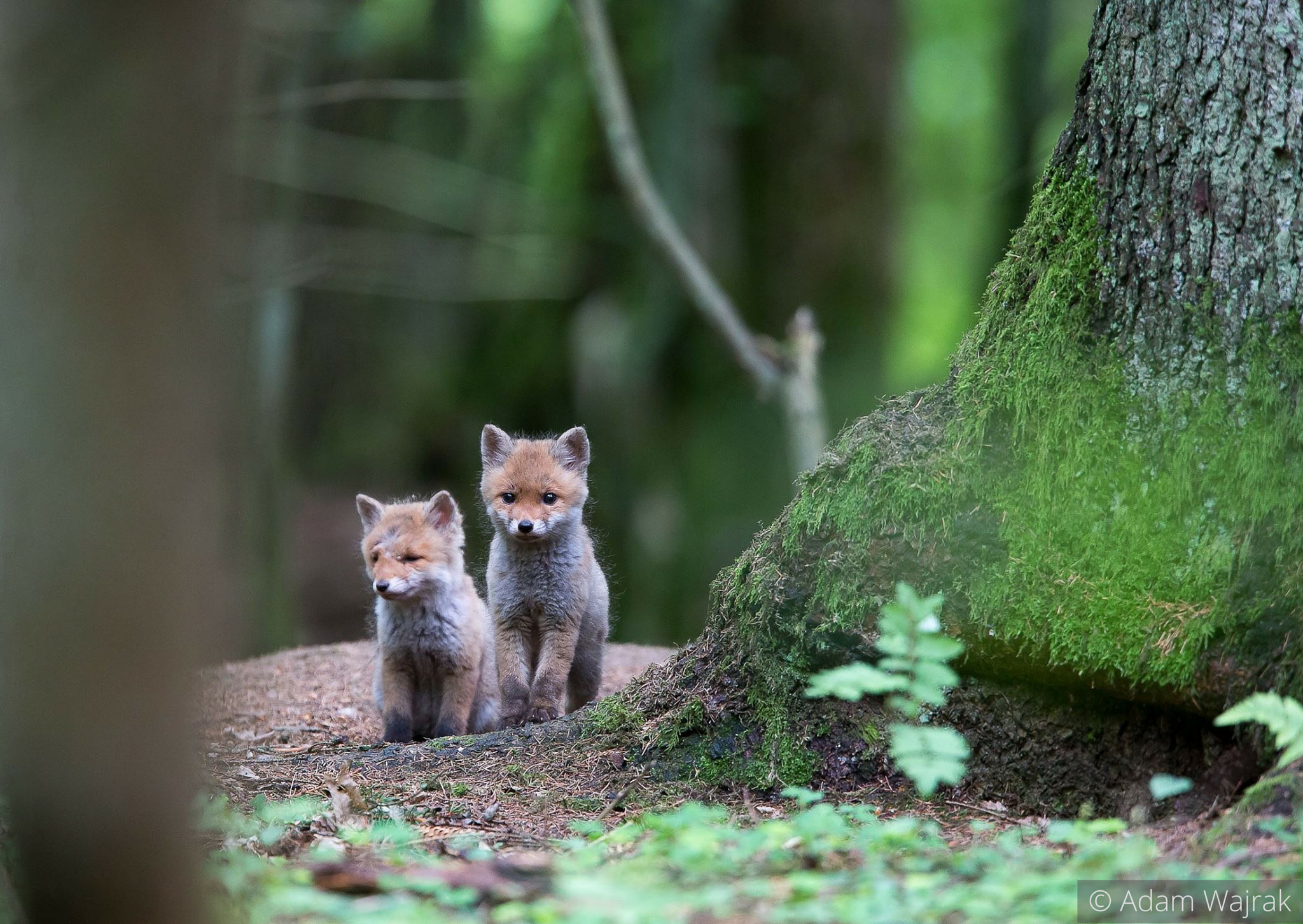Introduction
Białowieża Forest is a vast expanse of ancient woodland that spans across the border of Poland and Belarus. It is home to a rich array of flora and fauna, including many species that are endangered or threatened elsewhere in the world. The forest is particularly famous for its population of European bison, the largest mammal in Europe, which was brought back from the brink of extinction in the 20th century.
Białowieża Forest is located in the Białowieża National Park, which covers over 100,000 hectares (247,000 acres) on the Polish side of the border. The forest is a prime example of the type of mixed deciduous and coniferous forests that once covered much of Europe, but which have largely been destroyed by human activity. It is home to a wide variety of tree species, including oak, beech, spruce, and pine, as well as a diverse array of plant and animal life.

Wildlife in Bialowieza Forest
The Białowieża Forest is a vital habitat for many species of birds, mammals, reptiles, and amphibians. It is home to over 250 species of birds, including several rare and endangered species such as the black stork and the three-toed woodpecker. The forest is also home to many species of mammals, including the European bison, lynx, red deer, and wild boar.

Białowieża National Park
The European bison, or wisent, is the symbol of Białowieża National Park and one of the main attractions for visitors to the forest. These majestic animals were once widespread across Europe, but were hunted to the brink of extinction in the 19th and early 20th centuries. A small herd of bison was preserved in Białowieża Forest, and thanks to successful breeding and conservation efforts, their numbers have steadily increased. Today, there are over 1,800 European bison in the forest, making it the largest population in the world.
Saving Białowieża Forest
Białowieża Forest is also home to a number of threatened and endangered species, such as the European beaver and the European mink. These animals have suffered from habitat loss and hunting, and are now protected in the forest.
History of Białowieża Forest
The Białowieża Forest is not only a valuable habitat for wildlife, but also has cultural and historical significance. The forest has a long history of human habitation, and there are many ancient burial mounds, castle ruins, and other cultural sites scattered throughout the forest. The forest is also home to many traditional villages, where local residents continue to live and work in much the same way as their ancestors did.
In addition to its natural and cultural significance, Białowieża Forest is also an important economic resource for the region. The forest is home to a thriving forestry industry, with lumber and other forest products being harvested sustainably. The forest is also a major tourist destination, with visitors coming from all over the world to experience its beauty and wildlife.
Thrests to Białowieża Forest
Despite its many values, Białowieża Forest has faced a number of threats in recent years. One of the main threats has been illegal logging, which has damaged the forest and disrupted the habitat of many species. Other threats include the spread of non-native plant species and the impact of climate change.
To protect Białowieża Forest and its unique ecosystem, a number of conservation efforts have been put in place. These include the creation of the Białowieża National Park, which helps to safeguard the forest from development and other forms of disturbance.




0 Comments